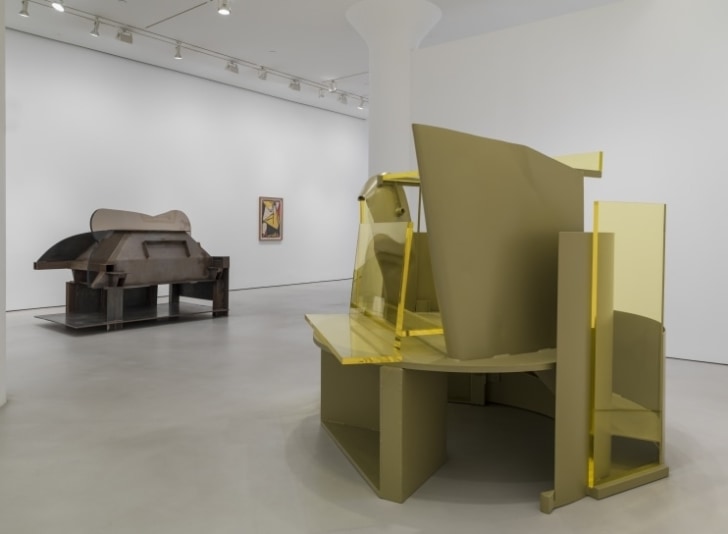
ANTHONY CARO
House Keeper
2011
Brass and bronze, cast and welded
13 1/2 by 14 by 11 1/2 in. 34 by 35.5 by 29 cm.
ANTHONY CARO
Blazon
1987-90
Steel painted red, unique
139 by 113 by 59 in. 353 by 287 by 150 cm.
ANTHONY CARO
Table Piece Y-94 "Glacier"
1987-88
Steel, rusted and varnished
34 1/16 by 92 7/8 by 40 in. 86.5 by 236 by 101.5 cm.
ANTHONY CARO
Orangerie
1969 - 70
Welded steel, painted
88 5/8 by 82 1/4 by 68 in. 225.1 by 208.9 by 172.7 cm
ANTHONY CARO
Cadence
1968-72
Steel, painted yellow
49 1/2 by 224 1/2 by 198 in. 125.7 by 570.2 by 502.9 cm.
ANTHONY CARO
Strait
1967
Painted steel
58 1/2 by 155 by 6 3/4 in. 148.6 by 393.7 by 17 cm.
ANTHONY CARO
Bearing
1967
Steel, painted green, unique
18 by 138 by 49 in. 45.7 by 350.5 by 124.5 cm.
ANTHONY CARO
Table Piece XI
1966
Steel, polished
5 1/2 by 21 5/8 by 17 in. 14 by 54.9 by 43.2 cm.
b. March 8, 1924, Surrey, England
d. October 23, 2013, London, England
Sir Anthony Caro’s (1924-2013) prestigious career spanned six decades, during which he received numerous honors, critical acclaim, and widespread renown as one of Britain’s most important sculptors. Knighted by the Queen of England in 1987, Caro was appointed to the Order of Merit (OM) in 2000. Caro’s work is represented in over 150 museums and other public collections worldwide, and he received a lifetime achievement award from the International Sculpture Center in 1997.
After working as an assistant to Henry Moore and teaching art in London from the 1950s onwards, Caro first came to international recognition in the 1960s with his large-scale, abstract sculptures. These early works were among the first freestanding sculptures to be set directly on the ground. The series was revolutionary for confronting viewers head-on at a time when most monumental sculpture was still displayed on pedestals. It was during this period when Caro began his strong associations with the United States. In the 1960s Caro taught at Vermont’s Bennington College, and in 1982 he founded Triangle Artists’ Workshop in Pine Plains, New York, where he provided a working environment for painters and sculptors from around the world.
Caro is the only contemporary sculptor to have exhibited at The National Gallery, London (1998). Other major exhibitions include retrospectives at the Museum of Modern Art, New York (1975); the Trajan Markets, Rome (1992); the Museum of Contemporary Art, Tokyo (1995); Tate Britain, London (2005); three museums in Pas-de-Calais, France (2008) to accompany the opening of his Chapel of Light at Bourbourg; The Metropolitan Museum of Art, New York (2011); The Yale Center for British Art, New Haven (2012); the Museo Correr, Venice (2013) and again at the Tate Britain, London (2014). His work has been collected by museums around the world. His most recent exhibition was at the Pitzhanger Manor & Gallery in London in 2023.
All images Anthony Caro © Barford Sculptures Ltd.
The British sculptor Anthony Caro would have been 100 years old in March 2024. On this occasion, the Waldfrieden Sculpture Park is presenting an extensive selection of works by this pioneer of abstract sculpture.
Anthony Caro (1924-2013) and Eduardo Chillida (1924-2002) are among the most eminent sculptors of the 20th century and would both have turned 100 in 2024. From 18 December 2023, Museum Würth in Künzelsau is taking this as an opportunity to use its own collection as the basis for a dialogue between the two artists in the new exhibition “Sculptors & Spaces: Anthony Caro and Eduardo Chillida” and to bring their respective oeuvres to life.
Anthony Caro (1924–2013), widely regarded as one of the 20th century’s most influential sculptors, is the subject of Pitzhanger’s spring exhibition, opening on what would have been his 99th birthday. Caro heralded a revolution in sculpture in the 1960s, redefining what sculpture was and what it could be. His abstract constructions in painted steel overturned conventional ideas about materials, methods, surface, scale and space.
Caro in Yorkshire is a major Yorkshire Sculpture Triangle project that celebrates and commemorates the extraordinary career of SIr Anthony Caro (1924–2013). Distinct yet complementary exhibitions at The Hepworth Wakefield and Yorkshire Sculpture Park consider respectively Caro's concerns with the horizontal plane and painting, given context through an academic programme at the prestigious Henry Moore Institute, Leeds.
Please join us at our Chelsea location on Saturday, November 8 from 4 to 6 pm for the launch of the new monograph Anthony Caro, published by Phaidon.
Anthony Caro Monograph Launch
Saturday, November 8, 4 – 6 p.m.
Mitchell-Innes & Nash
534 West 26th Street
New York, NY 10001
The splendid rooms of the Museo Correr will be the setting for the first major Italian retrospective dedicated to one of the greatest of living sculptors: Sir Anthony Caro (New Malden, Surrey, 1924).
With a career spanning more than sixty years, Sir Anthony Caro (b. 1924) is Britain’s most acclaimed living sculptor.
Mitchell-Innes & Nash is pleased to announce an installation of sculptures by Sir Anthony Caro on The Metropolitan Museum of Art’s Iris and B. Gerald Cantor Roof Garden opening April 26. This selection of works spans the artist’s career to date and will highlight his principle contributions to sculpture: engagement with form in space, dialogue between sculpture and architecture, and the creation of abstract analogies for the human figure and landscape. The exhibition will be on view in the Museum’s dramatic, nearly 8,000-square-foot open-air space offering unparalleled views of Central Park and the New York City skyline. Anthony Caro on the Roof will be the 14th consecutive single-artist installation on the Cantor Roof Garden.
Mitchell-Innes & Nash is pleased to announce the public commission by Sir Anthony Caro at the Eglise Saint-Jean de Baptiste of Bourbourg and a major retrospective of the Artist's work in France presented simultaneously at the museums of Calais, Dunkirk and Gravelines. Eglise Saint-Jean Baptiste de Bourbourg Chapel of Light/ Chœur de lumière
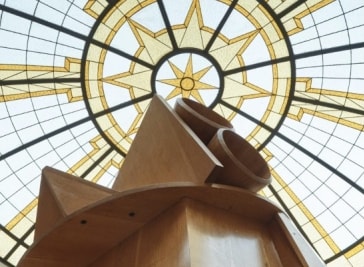
Though a polite, tweed-jacketed man of relatively light frame, Caro was a bruiser of a maker. He knocked sculptures off their pedestals and bolted, say, a gobbet of steel to whatever else came to hand with improvisatory glee, from first to last. He never knew what he was doing until he’d done it. That’s what he enjoyed most: the thrill of discovering what his hand and his eye had been up to. Architectural forms enabled him to see and develop his creative potential. Take “Horizon” (Park Avenue Series) of 2012, for example. The ways in which these plates and girders of steel have been clustered and bonded have a precarious and dangerous urban excitement about them. We feel the roar and the teem of the city, forever on the making and the unmaking, on our very pulses.
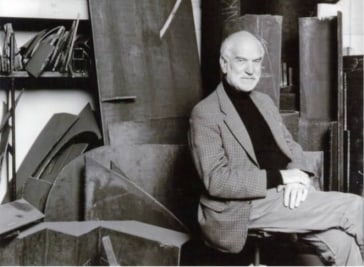
When a British government minister was recently asked about the future of the UK’s steel industry, she replied, “Nothing is ever a given.” But in the modern world, the need for steel is a given. There is no construction, no vehicle manufacturing, no defence or aviation, no machinery, no trains or bridges without steel. Steel is modernity. Sculptor Anthony Caro knew this well. That’s why his powerful steel works caused such a stir when they first appeared in the early 1960s. It was only when Caro had a solo show at the Whitechapel Gallery in 1961 that his work was given real space. There is still, 60 years on, something radical, strange and enigmatic about his heavy works and, in the show Anthony Caro: The Inspiration of Architecture, in the setting of architect Sir John Soane’s Pitzhanger Manor in west London, they simultaneously shine, intrigue and bear down on the building.
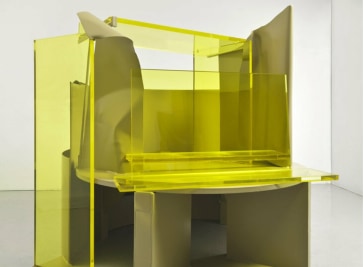
Looking for an awesome London exhibition this March? Here's our roundup of must-see shows in the capital. Here's a chance to see late masterful sculptor Anthoy Caro's painted metal works in a stunning and historic setting. The exhibition explores Caro's innovative use of materials and forms, as well as his contribution to the evolution of modern sculpture. It includes several large-scale installations, including ones that feature steps and doors, and it's a unique opportunity to experience the beauty and depth of Caro's sculptures and how they crossed over into architecture.
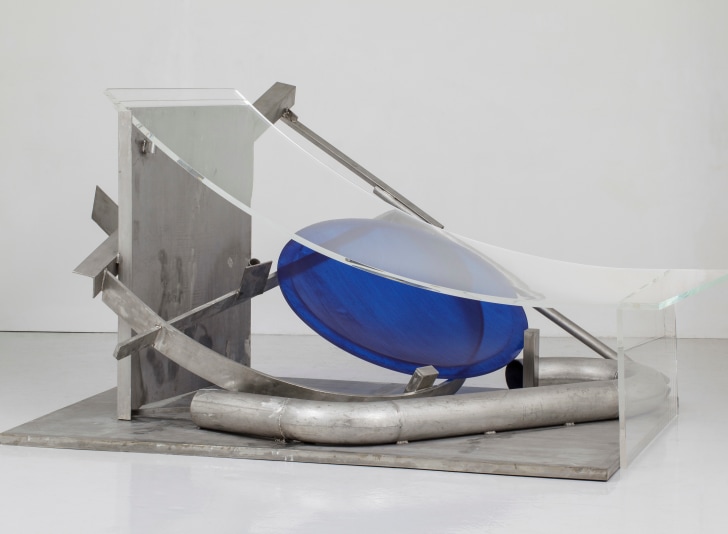
English artist Anthony Caro left an enormous legacy when he died in 2013 at age eighty-nine. He was celebrated for his sculpture in Britain by the late 1950s, and internatinoally beginning in the early '60s.
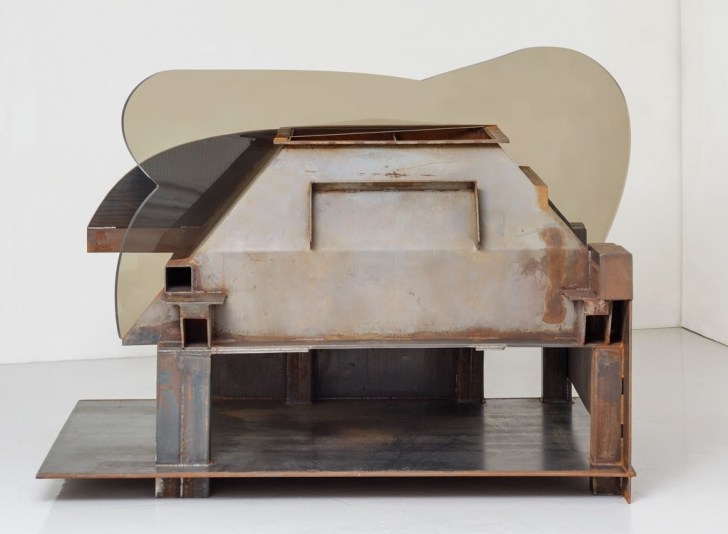
There is an unmistakable ashes-to-ashes, dust-to-dust, circle-of-life quality, an equally youthful then mature balance of roughness and polish that only occurs at either end of life.
Another saying that comes to mind is, live by the sword, die by the sword. An old friend once told me, “You better hope what you did as a kid was good, because you always go back to it.”
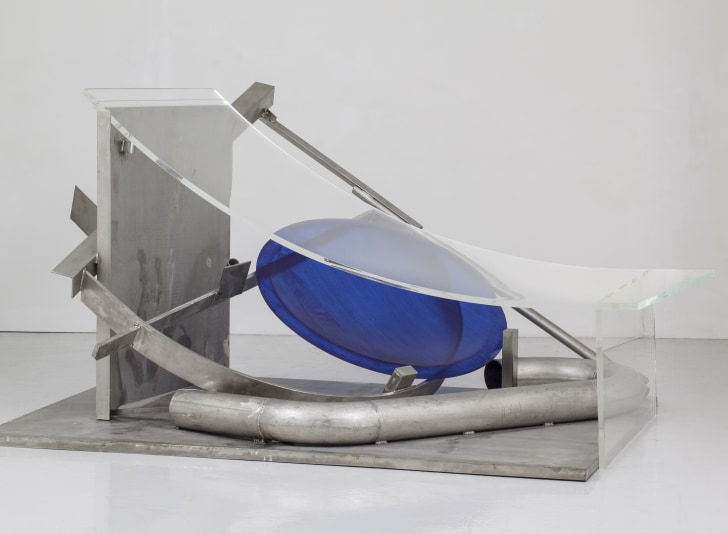
In the excellent exhibition “Anthony Caro: First Drawings Last Sculptures,” which occupies both Mitchell-Innes & Nash locations, the pieces do a little of everything while adding something new: thick slabs of tinted or clear Perspex (acrylic sheets). The sculptures in Chelsea are especially powerful in scale and size. But as you walk around them, viewing their structures from different sides, noting the collusions of metal and plastic, human perception seems scrupulously accounted for.
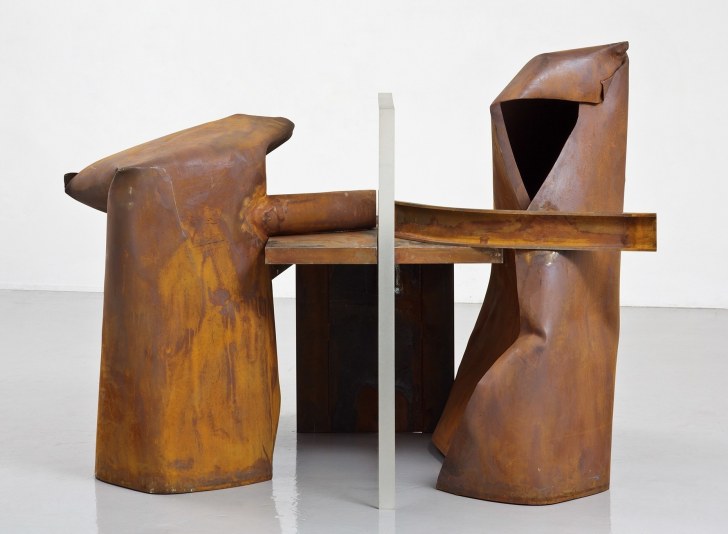
In the early years of his career, Anthony Caro worked on a series of twisting, enigmatic depictions of human and animal figures, works that owed much to the spatial interrogations of Picasso and the broader canon of 20th Century European abstraction. The works are impressive in their understanding of the gestural and conceptual operations of the era’s avant-garde, but for Caro’s career, served in part as a starting point for his own engagement with space, not only on paper or canvas, but in three dimensions.
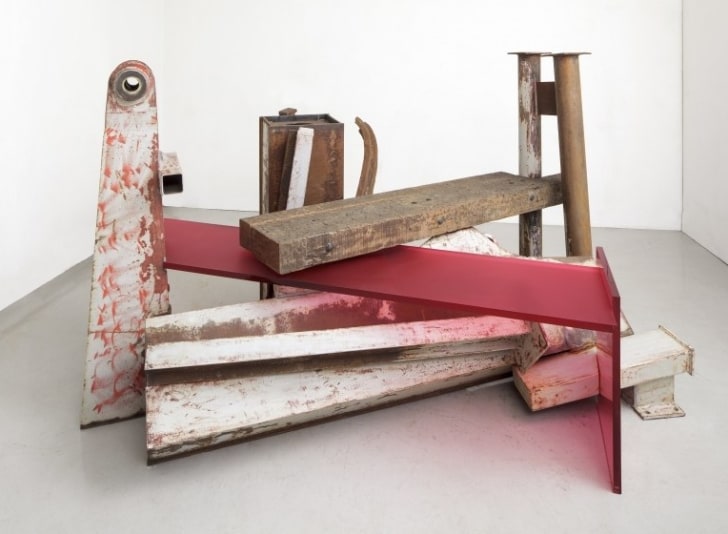
Once a cartoonish vibe takes hold of the works, the weighty hunks of steel in them start seeming faintly comic as well. Some of Caro’s steel consists of repurposed found objects: a hopper used to cart sand; a chunk from some kind of gantry. Rather than being elevated from their humble origins thanks to Caro’s high art, these objects now seem to keep Caro’s art down-to-earth – almost like found anchors that keep his foofy acrylic from blowing away.
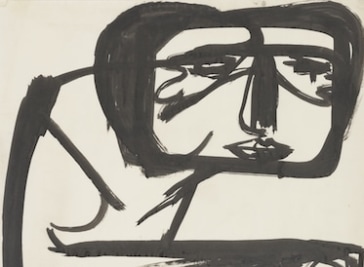
With an Anthony Caro show currently on view at Mitchell-Innes & Nash gallery in New York, we turn back through the ARTnews archives. Because the show brings together very early and very late work from the British artist’s career, we have selected one old excerpt, by Lawrence Alloway, and one new sample, by William Feaver, who in 2014 wrote an essay following Caro’s death the year before.
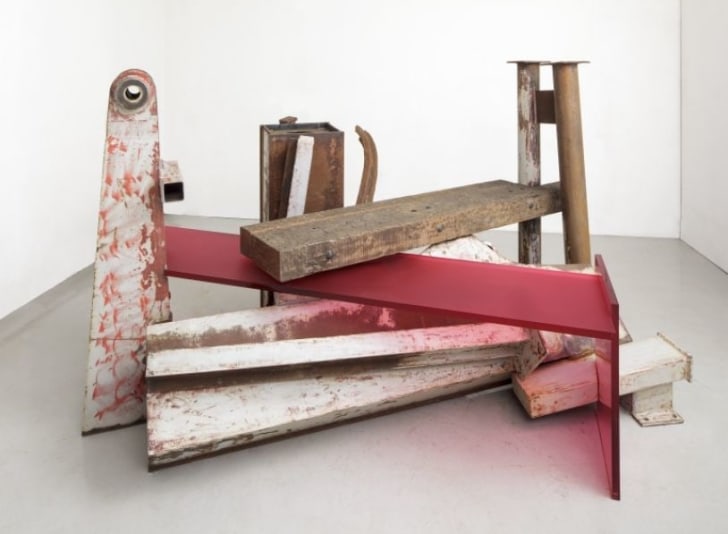
This is the artist’s first exhibition in the US since his death in 2013 and his sixth with Mitchell-Innes & Nash, who has exclusively represented Caro in New York for 14 years. The exhibition features work spanning Caro’s 60-year career and highlights the artist’s fearless and constant innovation throughout his lifetime.

The exhibition brings together late British artist Sir Anthony Caro’s works spanning his sixty years career highlighting the artist’s fearless and constant innovation.
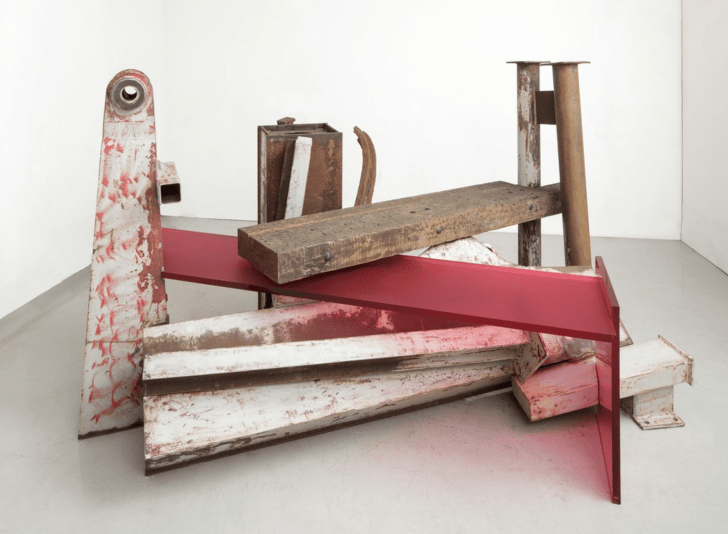
For the first U.S. exhibitions of Caro’s work since his death in 2013, the gallery mounts two concurrent shows, at its Chelsea and Upper East Side locations, featuring works that bookend the great sculptor’s innovative, 60-year career.
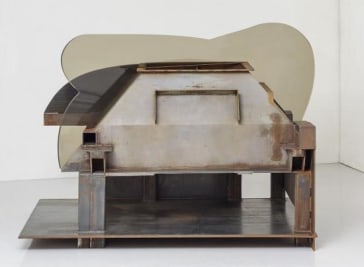
There’s always more to discover in Antony Caro’s sculptures, miraculously refined compositions of sometimes scrappy industrial materials.

The sculptor passed away a year ago this month, just as his major show in Venice was coming to a close. He is remembered here by the photographer who was working with him, and in a new book about his life and art.
Art Historian, Michael Fried, and artist, Charles Ray, discuss the life and work of Anthony Caro.
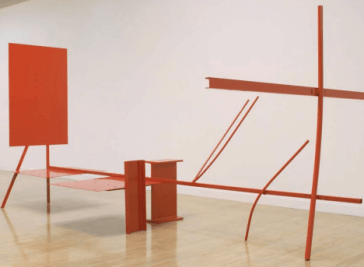
Sculptor Anthony Caro delighted in instigating huge challenges for himself.
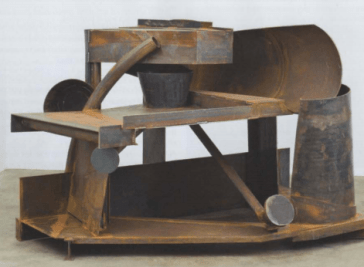
Earlier this year, Jon Isherwood sat down with longtime friend Sir Anthony Caro in his London studio. The idea was simple: Would it be interesting to generate a conversation between two sculptors whose work is very diferent, but who share many common influences? In some ways, their discussion was simply an extension of an ongoing dialogue that has lasted for more than three decades, ranging across many topics, from studio practice and artistic process to their shared connnection with Bennington College in Vermont.
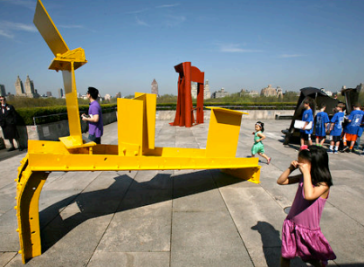
No one in the 1960s produced livelier, more infectiously playful sculpture than the British artist Anthony Caro, five of whose works now grace the Metropolitan Museum of Art’s rooftop garden. “Anthony Caro on the Roof” runs through Oct. 30 at the Metropolitan Museum of Art; (212) 535-7710, metmuseum.org.
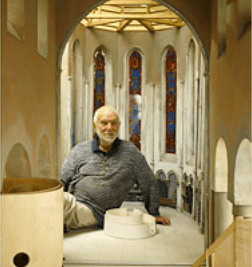
Although he is widely viewed as Britain’s greatest living sculptor, received a knighthood 20 years ago and has been the subject of countless museum retrospectives, Anthony Caro has yet to have an exhibition in New York’s Chelsea, the epicenter of today’s contemporary art scene. But this fall, he will finally have his Chelsea moment.
